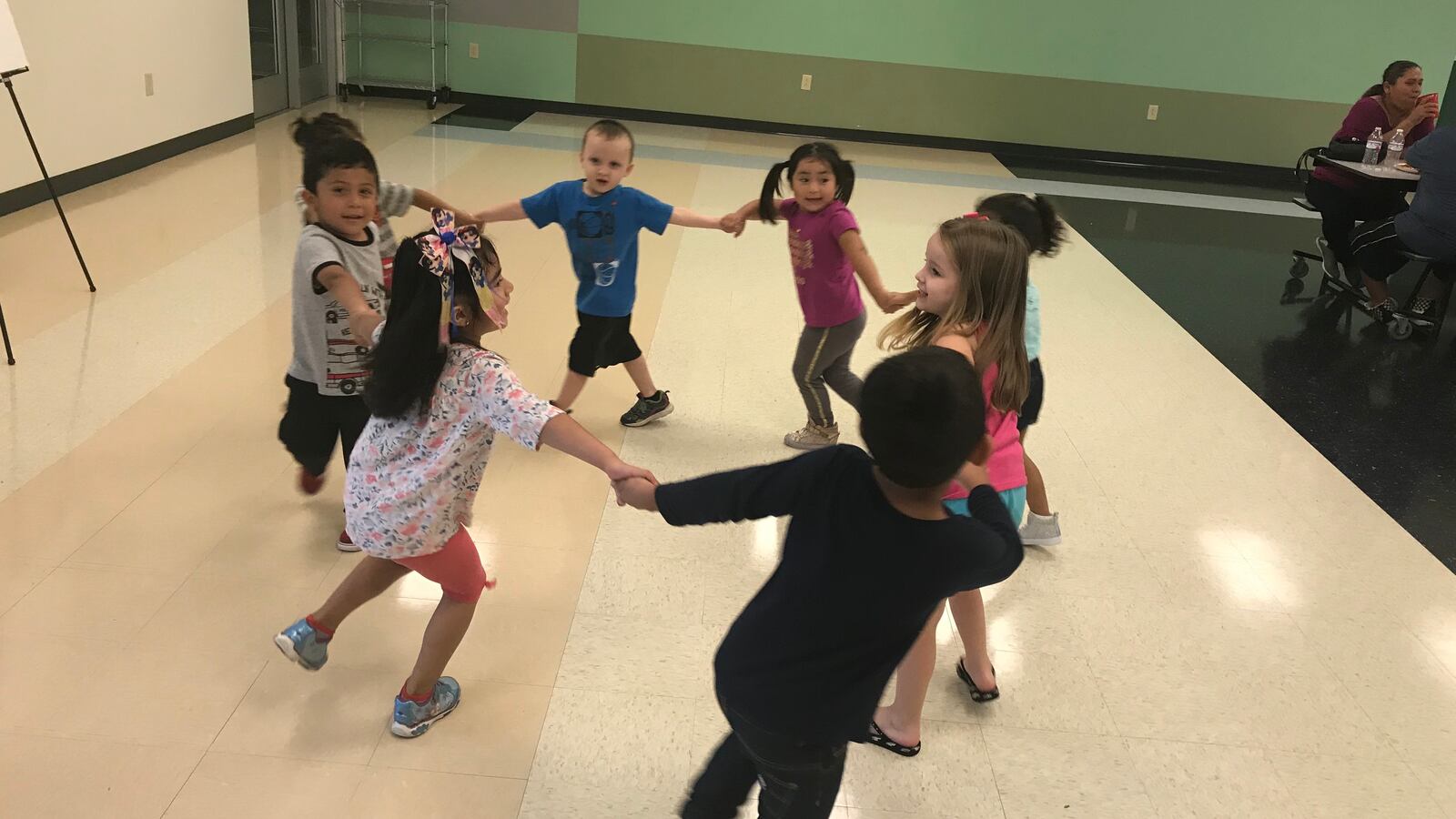As with many initiatives at Chalkbeat, the idea started in one location. Our seventh bureau had just launched in Chicago, and our first order of business was to introduce ourselves to the city. But our new bureau chief, Cassie Walker Burke, knew we had to listen as well as speak.
She proposed a listening tour — a roving set of sessions where our top priority would be empowering our audience to share with us. The launch went so well that our entire news organization took up the initiative this summer and fall, holding 14 events in six locations across our network.
A deep belief in engagement has been encoded into Chalkbeat’s DNA from its founding in 2013, and it was one of the aspects that drew me to join the organization last year as executive editor. Our core values include putting down roots in local communities, and working with and for readers. We track shares, retweets, and readership the same as any other publication, but we are most committed to driving impact: bringing stories, people, and stakes alive for readers so they can engage in informed action and debate.
Before our readers can go out there and make their voices heard, we have to listen — to their concerns, their questions, and their critiques of our coverage. We’ve heard from parents, teachers, counselors, administrators, education wonks, legislators, and policymakers since the beginning, and we have appreciated and used their insights. But it’s a constant work in progress. Especially because we report for people who have historically lacked access to a quality education, we always aim to amplify and empower new voices.
Setting off on a listening tour, starting in Chicago and spreading out across our other local markets, emerged as the perfect strategy to make this happen.
Our goals
Before we set out on our tour, we identified four goals for the project. This also helped us think through how to structure the “stops” on the tour, as well as how to measure success.
- Generate story ideas
- Build and diversify our source network
- Deepen the understanding of the Chalkbeat brand as community-oriented
- Deepen community participation
The planning process
We shied away from a one-size-fits-all approach, allowing each bureau to tailor the program to fit their needs. An action force that included at least one representative from each bureau met regularly to discuss progress. That group designed a worksheet to help teams organize their listening sessions: by topic, by audience, by location, or by some combination of the three approaches. In some cases, we decided to center listening sessions around topics we knew we wanted to focus enterprise reporting on in the coming year.
We invited engagement-minded folks from other media organizations to share their expertise with us, too. Alexandra Smith of Whereby.Us, Ashley Alvarado from KPCC, and Jesse Hardman from Listening Post Collective helped us mightily during the planning process, answering our questions and offering suggestions. We also partnered with community organizations on the ground to help with logistics, audience-building, and trust. By seeking out established organizations to co-sponsor events, we signaled to potential attendees — especially those who were new to Chalkbeat — that we were to be trusted too.
The results
Chalkbeat put on a total of 14 events across six out of our seven markets (one bureau sat out for logistical reasons), with most teams executing one or two events. Chicago went all-in with seven listening tour stops as part of the bureau’s launch efforts. Here are some other key results:
- Nearly 400 attendees in total
- 84 percent hadn’t read Chalkbeat before
- More than 70 story ideas
- Close to 150 new sources
- About 220 email subscribers
In our newer bureaus, we got a lot of questions about our organization: How are we funded? What do we cover? Why and how can our readers participate? In our more established markets, we were able to home in on audiences we wanted to reach in a more targeted way, and topics the community was passionate about.
Following up
Listening is great, but we knew that if we did not carry forward what we heard, we would be failing our readers. So we made sure to follow up by emailing participants to thank them and publishing posts after events when it made sense. Michigan Radio covered one of our Detroit sessions, our Newark bureau designed a survey to keep the conversation going, and Denver used a feedback form to solicit input on how the sessions went. We also used a text-messaging platform, GroundSource, to follow up with attendees in Memphis.
We’re continuing to sort through the 70+ story ideas we gathered, and using those to inform some meaty enterprise work. Whenever we publish stories that tie back to the listening tour, we’ll inform participants. We’re also planning to designate stories on our site that emerged from community conversations, so all our readers have proof that we’re not just listening, we’re acting on what we hear. And we know that listening isn’t a one-time event. We’re keeping up with our tour participants throughout the year to keep the cycle going, so we can report for their communities even better.
One powerful quote from a Memphis reader drove it home. It reminded us that the hard work that went into this project — planning, wrangling logistics, making it happen on a nonprofit budget — was all worth it, and intentionally listening to our communities makes our journalism stronger.
“It was really inspiring to be a part of this. It was also really empowering, like what we say doesn’t just go into some black hole. You’re here and listening.” — Chalkbeat Tennessee listening tour attendee


